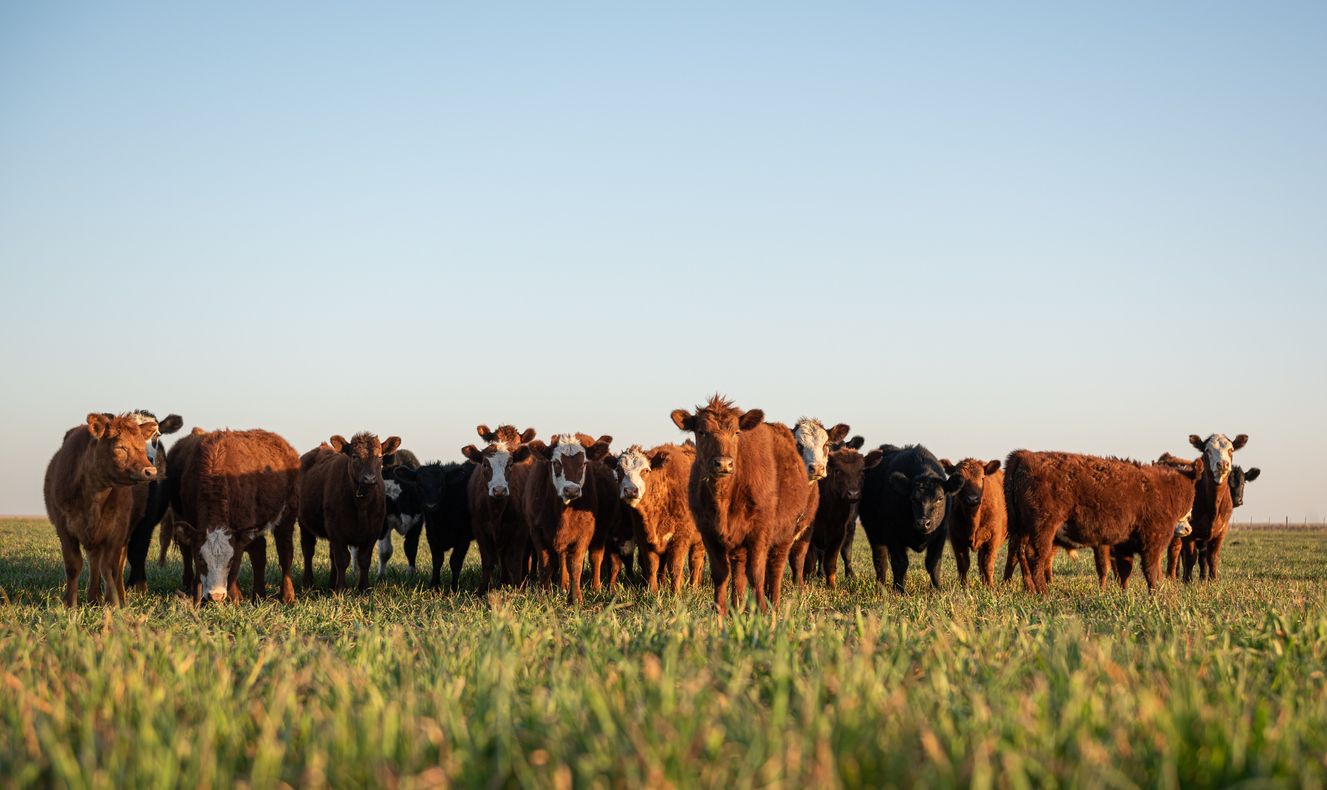- US-based Enriched Ag recently closed a $9 million seed round for its grazing and carbon insights platform for ranchers and landowners.
- Radical Ventures and Future Ventures led the round.
- Enriched Ag will use the funding to develop and deploy in-field technologies for ranchers such as cameras, sensors and other monitoring tools.
- Data from the above technologies will eventually become part of Enriched Ag’s insights for ranchers around grazing practices and carbon capture.
How it works:
Founded in 2019, Enriched Ag wants to equip ranchers with both tools and insights to better manage grazing practices on their land as well as make decisions around carbon capture. Three different data insight products constitute the Enriched Ag platform: one for grazing, another for carbon and a third for supply chain.
- Grazing Insights offers data on drought predictions, forage biomass, precipitation and bare ground coverage.
- Ranchers use Carbon Insights to compare carbon storage of different grazing practices over time. They can also calculate the carbon potential of the land over time.
- Supply Insights offers lifecycle assessments that aggregate ranch-level data from the Grazing and Carbon platforms; this data is pushed back to suppliers.
- Data for these products comes from public sources. Enriched Ag director of business development Mike Komp tells AFN that in the future, the company will include its own machine learning and satellite-derived data, too.
- The company has also deployed in-field technologies like computer vision cameras and soil sensors onto about a dozen farms, says Komp. Seed funding will go towards building out more of this ranch-level technology.
Why it matters:
Grasslands play a role in carbon sequestration. And yet, the bulk of discussion around regenerative agriculture in the US is about row crop practices.
“We realized there were a lot of folks focusing on the carbon but there wasn’t anyone providing technology to help ranchers make better decisions to put carbon in the ground,” says Komp. “Ultimately, that’s what needs to happen in order to make some sort of impact on the climate side.”
He says Enriched Ag differs from other carbon insights platforms by playing the long game when it comes to carbon. “We feel that a lot of the [carbon credit] payment structures today are probably short-changing that upside in the price of carbon. We want to be there with ranchers along the way and not necessarily monetize it by an arbitrage between what we pay now and what’s the value later. We deploy tech so we can maximize that value in the long term.”
“The problem with most of the current approaches to carbon is that producers are being offered small payments for long-term commitments,” Enriched Ag VP of producer relations Billy Cook added in a statement. “We are taking a different approach to ecosystem services; we want to give people the insights they need to make the best operational decisions, both today and in the future”
Roughly 40% of all surface land in the US is used for grazing. Regenerative practices like stocking rate management and rotational grazing can sequester carbon on these lands. In one rather famous example, US-based White Oak Pastures used a multi-species rotational grazing approach and reduced net greenhouse gas emissions of the grazing system by 80%, according to a study White Oak did with General Mills.
There are plenty of caveats to the idea of using regenerative practices to capture carbon on the ranch. There’s also plenty of backlash from critics. That said, consensus continues to grow around the fact that sustainable grazing can create grassland carbon sinks that help in cooling the planet. Yes, it’s a little more complicated than that, but the major takeaway is that regenerative ranch practices shouldn’t be ignored in discussions around sustainable farming.
Investors betting on beef
A $9 million seed round raised in a downturn is certainly a vote of confidence for both Enriched Ag and ranchers.
Komp acknowledges that beef production is a hot-button issue with a lot of negative press. Enriched Ag chose to focus on the ample grazing land in the US and Canada, and the need to figure out how to put carbon into that land.
“There’s a realization that beef consumption is not going to go away,” he says. “What we’re trying to offer is a solution to help ranchers get as close to net zero as possible by putting good data around them and helping ranchers make the right decisions with their rotations.”
“We think that a lot of the soil carbon potential that’s there could actually offset the vast majority if not all the emissions and the production,” he adds.




